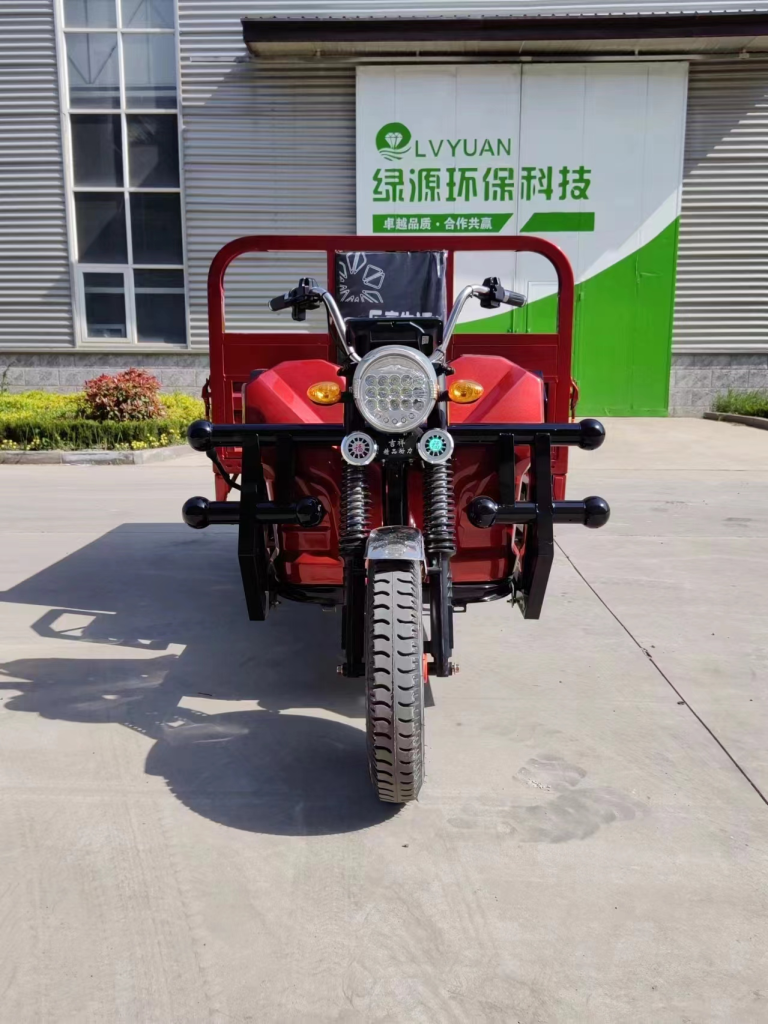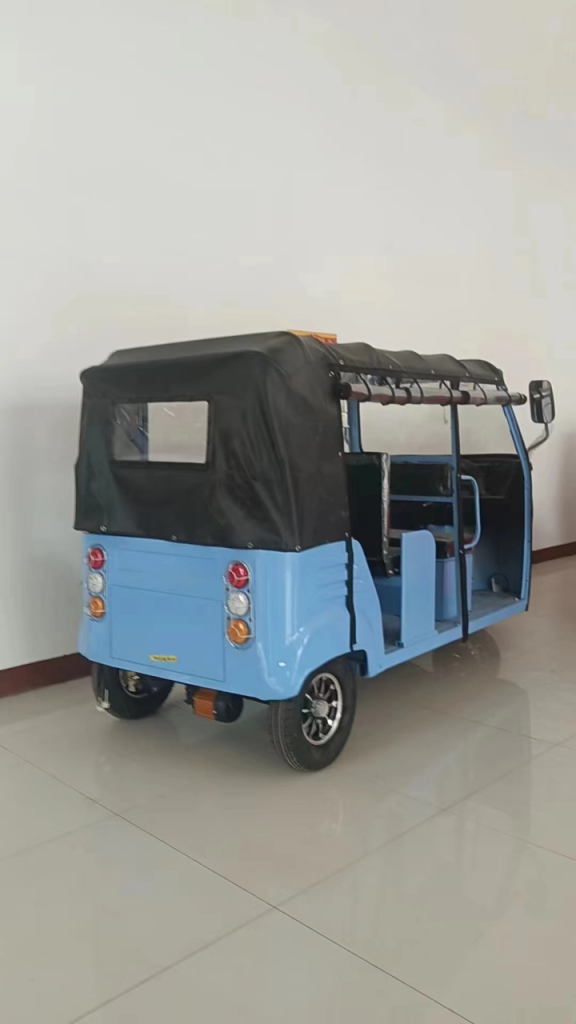The electric tricycle market has been growing exponentially in recent years, driven by advancements in technology, increasing environmental awareness, and the versatility of these vehicles. As a manufacturer of electric tricycles, it is crucial to understand the potential applications and industry trends to stay ahead in this dynamic sector. In this blog post, we will explore the main uses of electric tricycles and highlight some emerging trends shaping the market.

I. Versatile Applications of Electric Tricycles
Electric tricycles are highly versatile vehicles that cater to various needs across industries and individual use cases. Their design and functionality make them a practical and eco-friendly solution for transportation and logistics.
1. Passenger Transport
One of the primary uses of electric tricycles is passenger transport. These vehicles, often referred to as electric passenger tricycles, are popular for short-distance commutes in urban and semi-urban areas. They are an affordable and eco-friendly alternative to traditional fossil-fuel-powered vehicles. Electric passenger tricycle wholesalers report increasing demand due to their ability to reduce traffic congestion and operating costs.
Passenger tricycles are particularly favored in developing regions where they are used as public transportation or shared rides. Their compact design allows them to navigate narrow streets and crowded areas with ease, making them a reliable choice for last-mile connectivity.
2. Goods Delivery
Electric cargo tricycles are another significant category, widely used for logistics and delivery services. They are a cost-effective solution for transporting goods in both urban and rural areas. Businesses rely on these vehicles for their ability to carry substantial loads while maintaining low operational costs.
The rise of e-commerce and online shopping has further amplified the demand for electric cargo tricycles. These vehicles are now a preferred option for last-mile delivery due to their ability to access locations where larger vehicles may face restrictions. Whether it’s food delivery, parcel transportation, or small-scale logistics, electric cargo tricycles offer unmatched convenience and efficiency.
3. Personal and Recreational Use
Apart from commercial applications, electric tricycles are gaining popularity among individuals for personal and recreational use. Families use them for local errands, school pickups, or leisure rides. Seniors and people with limited mobility also benefit from electric tricycles, as they provide a stable and easy-to-operate mode of transportation.
II. Emerging Trends in the Electric Tricycle Industry
The electric tricycle industry is evolving rapidly, with several trends redefining its landscape. Manufacturers and businesses must keep these developments in mind to remain competitive and relevant.
1. Increased Customization and Specialization
As the market grows, there is a rising demand for customized electric tricycles tailored to specific needs. Businesses now seek electric cargo tricycles designed for particular industries, such as food delivery or construction. Similarly, electric passenger tricycles are being developed with enhanced seating arrangements and additional features to improve passenger comfort.
Manufacturers are also exploring ways to make their vehicles more user-friendly, durable, and adaptable to various environments. The emphasis on customization is likely to dominate the industry in the coming years.
2. Technological Advancements
The integration of advanced technologies is another notable trend in the electric tricycle market. Battery technology, in particular, has seen significant improvements. Longer battery life, faster charging, and increased energy efficiency have made electric tricycles more reliable and appealing to consumers.
Additionally, features like GPS tracking, smart dashboards, and IoT integration are being incorporated into electric tricycles to enhance their functionality. These advancements not only improve the user experience but also allow businesses to monitor and optimize their fleets.
3. Sustainability and Environmental Impact
As environmental concerns continue to shape consumer behavior and government policies, electric tricycles are gaining traction as a sustainable transportation option. They produce zero emissions, helping to reduce air pollution and combat climate change. Governments around the world are offering subsidies and incentives for the adoption of electric vehicles, further fueling the growth of the electric tricycle market.
Electric tricycle manufacturers are also exploring eco-friendly materials and production processes to align with the global push for sustainability. This focus on green practices will likely become a key differentiator in the industry.
4. Rising Demand in Emerging Markets
Emerging markets in Asia, Africa, and South America present significant growth opportunities for the electric tricycle industry. These regions have a high demand for affordable and efficient transportation solutions, making electric tricycles an ideal choice. Electric passenger tricycle wholesalers in these markets are witnessing rapid growth as urbanization and population density increase.
Moreover, the lack of extensive public transportation infrastructure in many developing countries further boosts the adoption of electric tricycles. These vehicles bridge the gap between affordability, efficiency, and accessibility.
III. Key Takeaways for Manufacturers and Businesses
The electric tricycle market offers immense potential for manufacturers and businesses willing to innovate and adapt to changing trends. By focusing on customization, leveraging technology, and aligning with sustainability goals, manufacturers can position themselves as leaders in this thriving industry.
For businesses looking to expand, collaborating with electric passenger tricycle wholesalers and targeting high-demand segments like logistics and passenger transport can open up new revenue streams. Understanding regional preferences and investing in research and development are also crucial steps toward sustained growth.
As the electric tricycle industry continues to evolve, its applications will expand further, creating new opportunities for manufacturers and users alike. Whether it’s electric cargo tricycles for logistics or electric passenger tricycles for urban transport, these vehicles are poised to play a central role in shaping the future of transportation..

